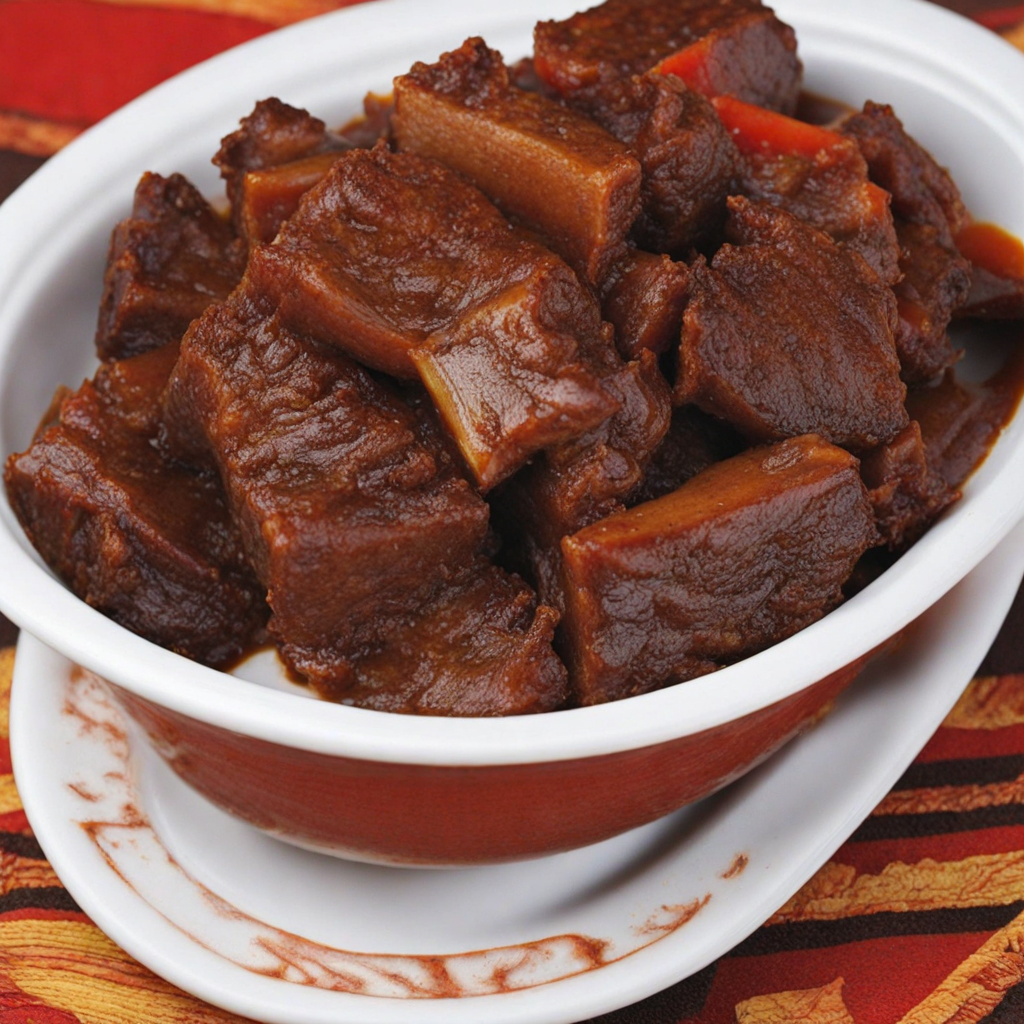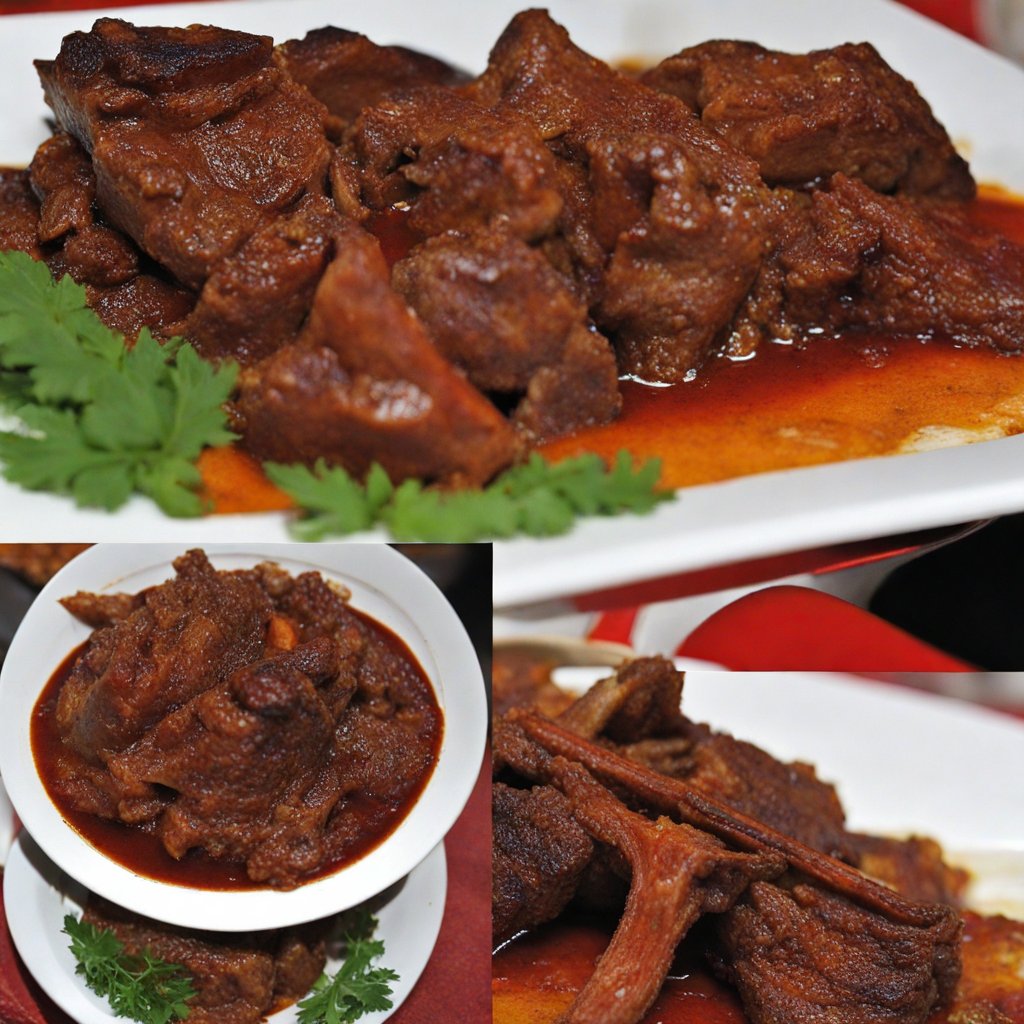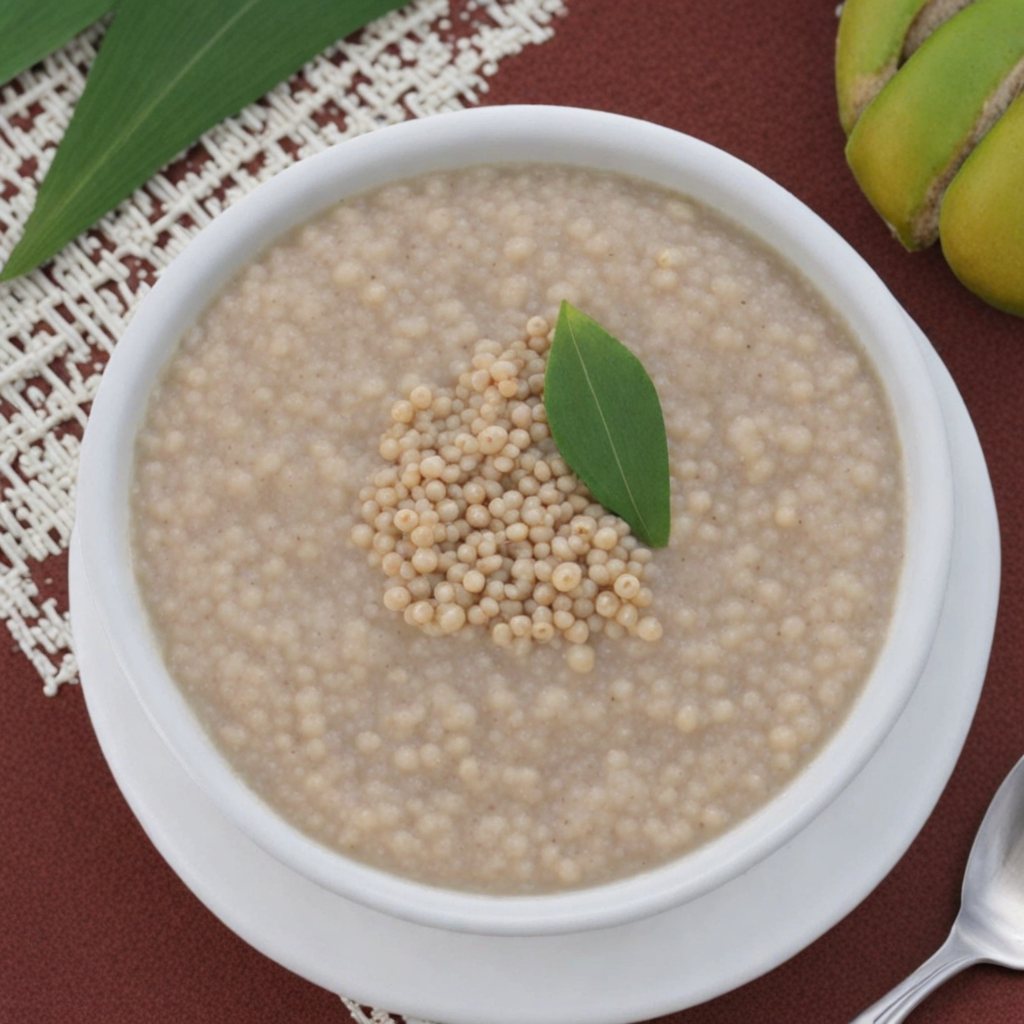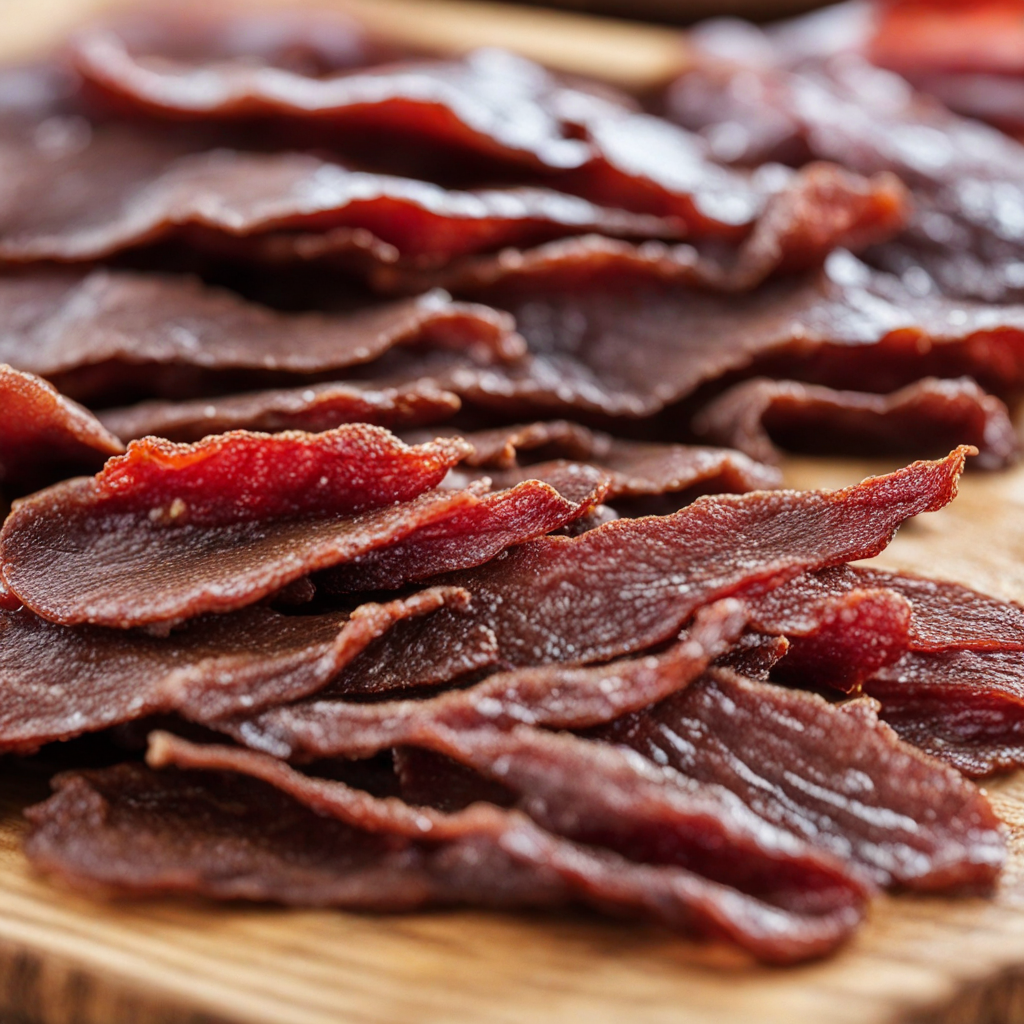Goat Meat
Goat meat, locally known as "mutton" in Eswatini, is a cherished delicacy that embodies the rich culinary traditions of the region. Renowned for its unique flavor profile, it is often described as having a slightly gamey taste that is both savory and earthy. The meat is typically tender, especially when sourced from young goats, and has a fine texture that makes it versatile in various cooking methods. In Eswatini, goat meat is commonly marinated with aromatic spices and herbs, enhancing its natural flavors and making it a favorite for both everyday meals and special occasions. One of the most popular ways to prepare goat meat in Eswatini is through braai, a traditional barbecue method that involves grilling the meat over an open flame. This technique allows the meat to develop a smoky flavor while remaining juicy and tender. It is often served with sides such as pap (a type of porridge made from maize) or a fresh salad, creating a well-rounded meal. Additionally, goat meat is also stewed in rich, flavorful sauces made with tomatoes, onions, and local spices, which further tenderizes the meat and infuses it with a medley of tastes. In Eswatini, goat meat is not just a staple food but also a cultural symbol often associated with communal gatherings and celebrations. It is common to find goat meat at weddings, festivals, and family gatherings, where it is enjoyed by many. The communal aspect of sharing a meal featuring goat meat fosters a sense of togetherness and tradition, making it an integral part of Eswatini's culinary identity. For those looking to explore new flavors, goat meat offers a delightful experience that is both unique and deeply rooted in the history of the Swazi people.
How It Became This Dish
The History of Imbuzi: A Culinary Tradition of Eswatini #### Origins and Cultural Significance Imbuzi, a dish integral to the culinary landscape of Eswatini, is a traditional goat meat stew that resonates deeply with the cultural and social fabric of the Swazi people. The name "Imbuzi" itself refers to goat in the siSwati language, and the dish is a celebration of the animal's significance in both everyday life and ceremonial practices. Goats have been domesticated in the region for centuries, playing a crucial role in the pastoralist lifestyle of the Swazi. They serve multiple purposes: as a source of meat, milk, and skin, and as a status symbol in social and economic exchanges. In many African cultures, goats are often associated with wealth and prosperity; they are used in dowries, rituals, and ceremonies, marking important life events such as weddings, births, and funerals. Thus, the consumption of Imbuzi often transcends mere sustenance, becoming a vehicle for communal bonding and cultural identity. Historically, goat meat has been a preferred source of protein in Eswatini, where local farming practices favor small livestock that can thrive in the semi-arid climate. The preparation of Imbuzi reflects local culinary techniques and flavors, typically involving a slow-cooking method that allows the meat to become tender while absorbing the rich spices and ingredients used in the stew. #### Traditional Preparation and Ingredients The traditional preparation of Imbuzi is an art form, often passed down through generations. It begins with the selection of a young goat, typically male, which is preferred for its tenderness. The meat is then cut into chunks and marinated with a variety of local spices, herbs, and aromatics. Common ingredients include garlic, ginger, onions, and a blend of spices such as coriander, cumin, and black pepper. In many households, the cooking process is communal, with family members gathering to prepare the meal together, reinforcing social ties. The goat meat is usually slow-cooked in a large pot, often over an open fire or on a traditional stove called a "stove," which consists of three stones arranged in a triangle to support the cooking pot. This method not only enhances the flavor but also fosters a sense of community as families gather around the fire to share stories and laughter. The stew is typically enriched with vegetables like carrots, potatoes, and local greens, which add nutritional value and color to the dish. Accompanying sides often include "pap," a staple made from maize meal, which serves as a perfect vehicle for savoring the rich sauce of the stew. #### Cultural Context and Ceremonial Uses Imbuzi is more than just a meal; it is a cultural symbol and a staple at celebrations. During significant events such as weddings, initiation ceremonies, and religious gatherings, the preparation of Imbuzi becomes a ritualistic affair. The act of slaughtering the goat is often accompanied by prayers and blessings, invoking ancestral spirits and ensuring the well-being of those present. At weddings, Imbuzi holds a special place, often served as a centerpiece dish to honor and welcome guests. The feast is a demonstration of hospitality and generosity, reflecting the values of the Swazi people. The meat is shared among family and friends, embodying the principle that food is a means of connection and community. In times of mourning, goats are also sacrificed to honor the deceased, with Imbuzi being prepared as part of the rites conducted to celebrate the life of the departed. This underscores the dual role of food in both joyous and somber occasions, facilitating a communal experience that strengthens bonds among participants. #### Evolution and Modern Influences As Eswatini has modernized over the past few decades, the preparation and consumption of Imbuzi have also evolved. Urbanization has led to shifts in dietary habits, with many young Swazis moving to cities and adapting their culinary practices to fit a faster-paced lifestyle. Despite these changes, the traditional preparation of Imbuzi remains a cherished practice, often reserved for special occasions and family gatherings. In recent years, the integration of global culinary influences has introduced new flavors and techniques into the preparation of Imbuzi. Some modern chefs experiment with fusion dishes, incorporating elements from other cuisines while still honoring the traditional essence of the stew. For instance, the addition of international spices or cooking methods can create intriguing variations, appealing to a broader audience while maintaining the dish's cultural significance. Furthermore, the rise of the global food movement and increased interest in traditional foods have led to a resurgence in the appreciation for Imbuzi. Culinary tourism has also started to play a role, with travelers seeking authentic experiences in Eswatini. This has led to opportunities for local chefs and home cooks to showcase their culinary heritage, allowing the dish to reach new audiences. #### Conclusion Imbuzi is more than just a goat meat stew; it is a testament to the Swazi people's rich cultural heritage and communal values. Its preparation is steeped in tradition, and its consumption serves as a bridge connecting generations and fostering relationships. As Eswatini continues to navigate the complexities of modernity, Imbuzi remains a symbol of identity, continuity, and resilience, embodying the spirit of a people who deeply value their history and cultural practices. Through the lens of Imbuzi, one can appreciate not only the flavors and techniques that define Eswatini’s culinary landscape but also the profound social and cultural narratives that accompany each meal. In every bite of this beloved dish, the stories of the Swazi people are preserved, celebrated, and shared, ensuring that the legacy of Imbuzi endures for generations to come.
You may like
Discover local flavors from Eswatini







